
Mazda 3 Hatchback review
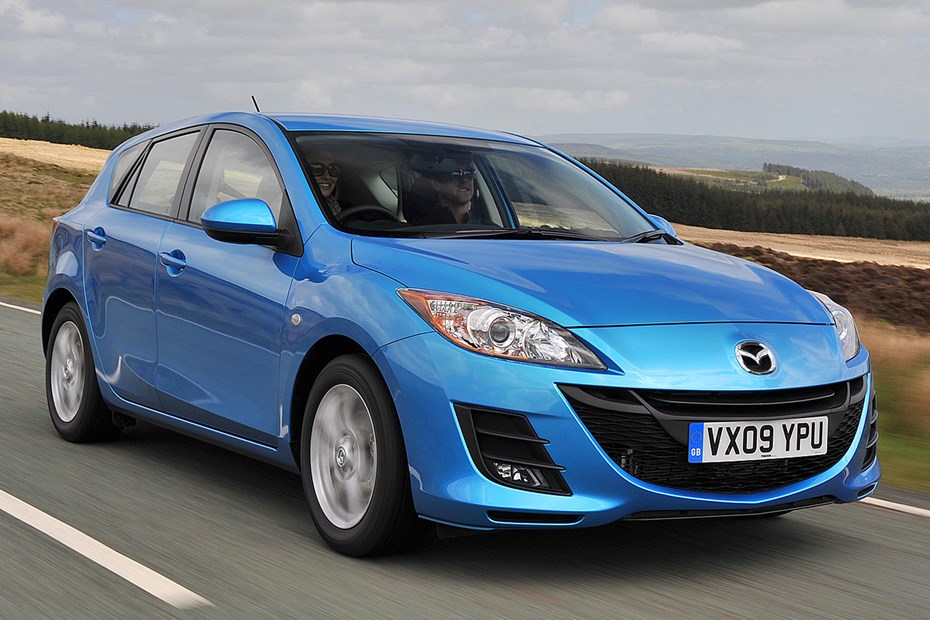
At a glance
| Price new | £14,860 - £22,360 |
|---|---|
| Used prices | £634 - £4,319 |
| Road tax cost | £35 - £335 |
| Insurance group | 13 - 25 |
Get an insurance quote with

|
|
| Fuel economy | Not tested to latest standards |
| Range | 448 - 786 miles |
| View full specs for a specific version | |
Available fuel types
Petrol
Diesel
Pros & cons
- Few reliability issues, still looks fresh
- Excellent build quality
- Good refinement and handling
- Not as much boot space as Focus
- Harder to find than Ford or Volvo
- 1.6-diesel isn't a Mazda engine, inherits problems
Mazda 3 Hatchback (09-13) rivals
Overview
The Mazda3 – sometimes called the Mazda 3 – replaced the 323-series in 2004. The second-generation Mazda3 was introduced in 2009, and improved on the refinement, performance and fit and finish. It inherited a style shared with the Mazda RX-8, but under the skin it’s closely related to Ford’s Focus, and the Volvo V40 II and C30. It’s a popular used car, with distinctive looks and engaging handling.
Although it shares the architecture of the Ford Focus, including the multi-link rear axle, it’s tuned and tailored for Mazda customer’s sportier tastes and a brand defined by models such as the MX-5. Although the range is more focused on the mid-range, with performance between 8.2 and 13.1 seconds 0-62mph depending on engine and gearbox spec, the handling is generally more enjoyable than the Ford.
There are some significant differences in the range – Mazda used their own engines for most of the range, though the 1.6-litre diesel is the ubiquitous Peugeot-Citroen-Ford design, and the boot is significantly smaller than the Focus.
On the whole, a second-generation Mazda3 will cost you less than a Ford Focus in comparable condition and spec, though there are a few points to watch out for as the cars get older. Read our buying guide to make sure you get a good one before browsing cars for sale to find a Mazda3 near you.
Mazda3 (2009-2013) buying guide
The second-generation Mazda3 is really a heavy facelift of the first generation, and it’s the third generation 2013-19 Mazda 3 that makes the biggest leap in technology and engineering. Therefore, if your budget is at the upper end of Mazda3 prices, we’d look at some examples of the newer model first. It’ll help you decide if the difference in condition or mileage makes it worth choosing the older car.
Diesel Mazda3s are not clean-air zone or ULEZ compliant. However, if that doesn’t affect you the 2.2-litre it’s a quick and dependable hatchback with good handling and ample performance. Trim levels and options are less diverse than many rivals, but the Mazda3 is quite well equipped compared to its basic and high-end alternatives. You pay a minor penalty in quality, though. Its trim can feel a bit bland next to the Volvo V40.
Petrol models are generally reliable, and the range is best described as competitive to tax. For high-performance enthusiasts the Mazda3 MPS encompasses a rather old-school approach to hot-hatch character. If you want an automatic Mazda3 there are two choices, both petrol – the 2.0-litre with five-speed auto is preferable, but there is a 1.6-litre with four-speed as well.
Sport trim is worth having, as it includes a heated windscreen and upgraded Bose stereo.
2009-13 Mazda3 Gen. 2 known faults and common problems
We’ll get straight to the point – in putting this guide together we found it hard to find ten common problems specific to the Mazda3. This is very reassuring – but if you want to skip straight to browsing cars for sale, read our guide to buying a used car to find the best type of deal to go for, and how to buy your first used car for a list of useful checkpoints that are often easily overlooked even when you buy your 100th used car.
1. 2.0-litre petrol engine wear
This engine, also sold as a Ford Duratec, has an excellent reputation in the Mazda3. Early examples of the 2.0-litre MZR/L engine could suffer from high oil consumption and bore wear. The problem is more common in MX-5s, but if you find an early Mazda3 which is smoking a bit, has a tapping sound from the top of the engine, or fails the crankcase pressure test.
A simple test is to unscrew the oil cap with the engine warmed up and idling. Don’t remove it fully, but rest it over the hole – if it rattles/bounces, or there’s visible smoke then the engine may be worn or the crankcase ventilation system may be blocked, which is a sign of neglected oil changes and maintenance.
2. Intake manifold problems – petrol
Both the 1.6-litre and 2.0-litre versions of the petrol engine feature variable length, plastic inlet manifolds. The internal shutter/valve can stick or rattle, and may cause misfires when cold. If the idle is lumpy, check for diagnostic codes first; if it is accompanied by a rattling noise then there’s a good chance it will need repair. Some owners remove them.
3. Mazda3 ABS pump and brakes
Check that the ABS light comes on, then goes out, when you start and drive the car. You want to see the warning works (it’s an MOT failure if it doesn’t), and want to see that it doesn’t come back on. If in doubt more sophisticated code readers can read ABS fault codes. Replacement pumps are expensive, and they’re one of the few common issues on the Mazda3.
Sticking calipers are common on many Mazdas, so after a test drive use an infrared thermometer or (carefully) the back of your hand to feel for unusually warm wheels near the centre. Rebuild of a caliper is not too expensive, but as the cars get older you should factor in replacing flex hoses and rusty brake pipes as well.
4. Timing chain – 2.2 diesel
Although Mazda’s diesel is one of the more reliable designs from this period, it’s still prone to wear – timing chains are known for stretching, with symptoms including loss of power, some rattles which may be hard to hear above the usual diesel noises, and ultimately a check engine light or mechanical failure.
There are a couple of ways to check for timing chain stretch, but the easiest is to use a good diagnostic tool which can read the Mazda’s ECU, as it measures timing chain stretch to adjust injection timing accordingly.
5. Underbody rust – service history and MOT history
Mazda is not known for good rustproofing, and the Mazda3 may have underbody corrosion. The body warranty only applies if the car has had the full inspections alongside annual services, so check the service history (some of which may be online) includes the body inspection. Dealers don’t always perform the inspection by default.
Before buying any used car it’s worth checking the MOT history online before viewing. This will give you a heads-up for any corrosion advisories, and then you can check if it has been addressed or has progressed to a stage where it might need repair.
6. 1.6-litre diesel – DPF and Eolys additive
The smaller diesel is shared with Ford, Peugeot, Citroen and several other brands, and is well-known in the motor trade. This is a good thing in terms of repairs, but it also has a couple of weaknesses. First is the requirement for ‘Eolys’ fluid, which is much harder to top up than modern AdBlue systems. This should last until 37,500 miles when it is part of the scheduled service – at 75,000 miles the diesel particulate filter itself is supposed to be replaced.
While a lot of owners put a great deal of effort into avoiding doing anything with DPFs, such as trying to hollow them out, a type-approved replacement can cost as little as £250 and if the car has been maintained well, is not much harder than replacing an exhaust.
7. Diesel gearbox – clutch and dual-mass flywheel
Mazda didn’t offer an automatic Mazda3 with the diesel engine, so you’ll want to make sure the clutch operates smoothly and there are no untoward noises when moving away or changing gear, particularly when changing down to overtake. Rumbles, clonks and squeak or squeal noises suggest the dual-mass flywheel is due for replacement even if the clutch is not slipping yet.
Budget up to £2,500 for clutch and flywheel issues, and given the amount of work involved it’s a false economy to replace a worn clutch without fitting a new DMF. They should be replaced as a set, alongside a gearbox oil change and checking the crankcase end seal for leaks, to ensure tens of thousands of miles before they need work again.
8. Radio and infotainment system
Mazda’s standard-fit radio is easily upgraded, with a double-din space available and plenty of wiring loom adaptors and trims to accommodate modern aftermarket touch-screen systems. The Bose audio on higher-spec Mazda3s is worth having, though may need an additional adaptor.
Later models can have an upper LCD display for navigation, and some models have a full double-din screen installed. There are options to replace upper screens with Apple CarPlay/Android Auto displays, and complete Android head units, but these may not support all the hardware controls provided.
You can update the maps on the factory navigation relatively easily, as they are stored on an SD card.
9. 1.6 diesel – fuel injectors
Far from unique to the Mazda3, the 1.6-litre DV6 is prone to leaking injectors, which can cause poor running and economy but more worryingly, will lead to diluted oil and if neglected, engine failure. It’s possible to see leaking from one seal around the outside of the injector but the serious issue is an internal leak, allowing excess fuel into the engine at the wrong times.
This can be exacerbated by failed attempts to regenerate the DPF, and can also accelerate wear of the turbocharger due to the thinner oil. Most testing procedures are based around an engine that has already failed to run and ended up in the workshop.
Remove the plastic engine cover and look at the fuel rail and injectors – some dry dirt is inevitable, but any wet, diesel-smelling pools are a red flag. Check the oil level and sniff the oil – most diesel cars will have black viscous oil even if serviced relatively recently, but a strong smell of diesel or very thin cold oil suggests contamination.
10. Suspension wear
Check front and rear tyres including the inside edge for signs of uneven wear and ‘scrubbing’. The multi-link rear suspension has more bushes than a typical ‘beam’ rear suspension, and these can lead to a twitchy feel when driving, and misalignment. Severe wear will show up as clonk/click noises over speed bumps. Front suspension arms can fail at the balljoint in rare cases, so look at the condition of the steering knuckle below the shock absorber.
Wear on the front suspension follows typical McPherson strut patterns, with uneven wear on the tyres and rattles from the anti-roll bar the early warning signs.
Whats the Mazda3 Gen 2 like to live with?
Over the next few pages, we’ll review each aspect of the second generation Mazda3, taking into account its practicality, comfort, fuel economy and performance. If you’re short on time, you can also skip to our verdict page to see if we recommend the Mazda3 Gen 2 as a good used buy.




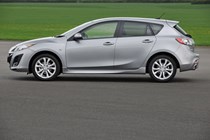
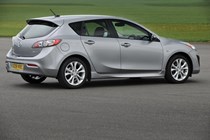
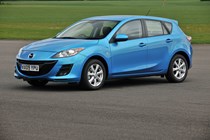
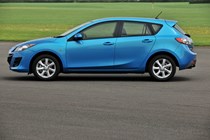
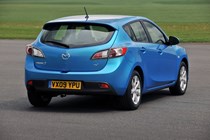
.jpg)
.jpg)
.jpg)
.jpg)
.jpg)
.jpg)
.jpg)
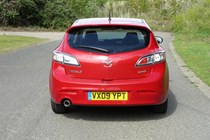
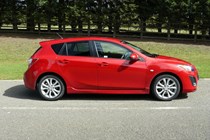
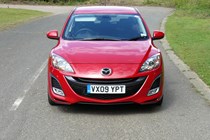
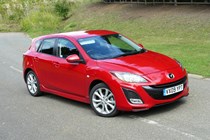
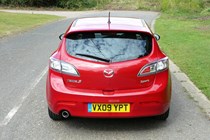
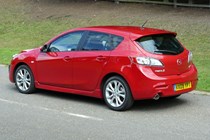
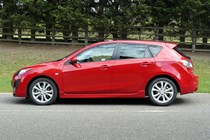

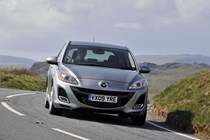

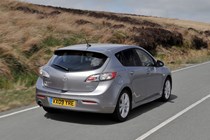
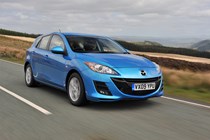
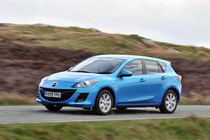
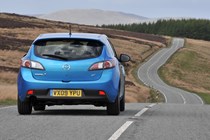
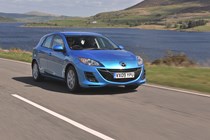

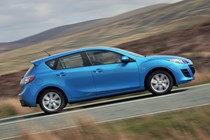
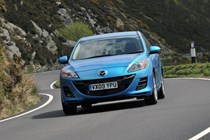
.jpg)
.jpg)
.jpg)
.jpg)
.jpg)
.jpg)
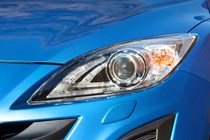
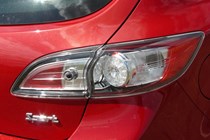
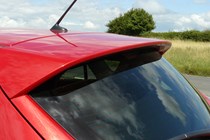

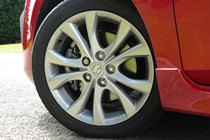
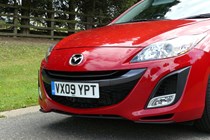
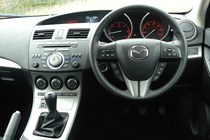
.jpg)
.jpg)
.jpg)
.jpg)
.jpg)
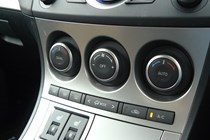
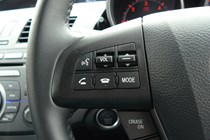
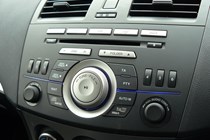
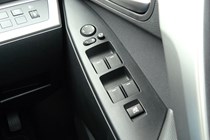
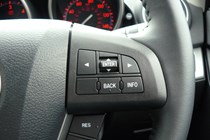
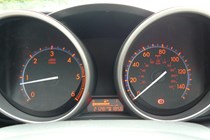
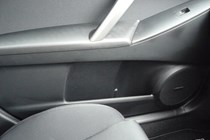
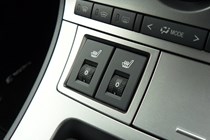
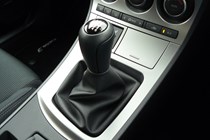

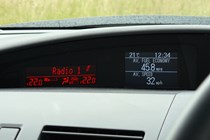
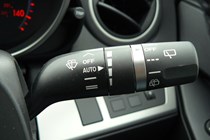
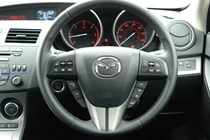
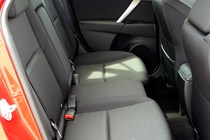
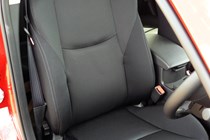
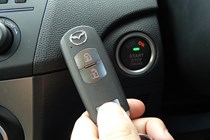
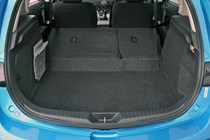
.jpg)
.jpg)
.jpg)
.jpg)
.jpg)
.jpg)
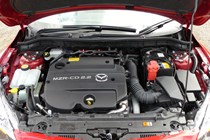
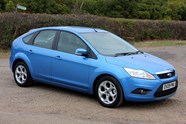









.jpg?quality=50)
.jpg?quality=50)
.jpg?quality=50)
.jpg?quality=50)
.jpg?quality=50)
.jpg?quality=50)
.jpg?quality=50)


















.jpg?quality=50)
.jpg?quality=50)
.jpg?quality=50)
.jpg?quality=50)
.jpg?quality=50)
.jpg?quality=50)







.jpg?quality=50)
.jpg?quality=50)
.jpg?quality=50)
.jpg?quality=50)
.jpg?quality=50)

















.jpg?quality=50)
.jpg?quality=50)
.jpg?quality=50)
.jpg?quality=50)
.jpg?quality=50)
.jpg?quality=50)
